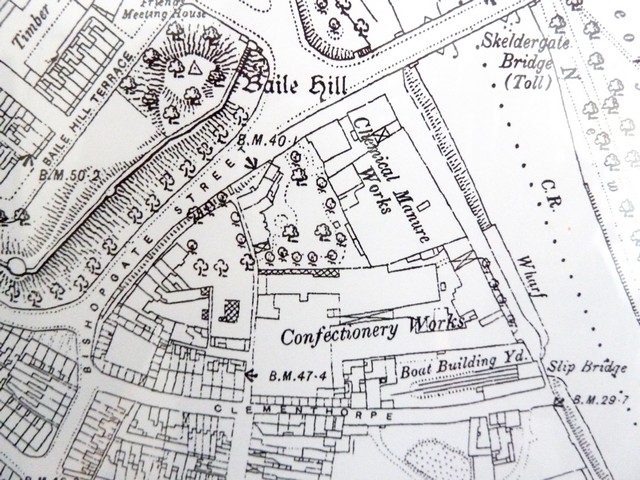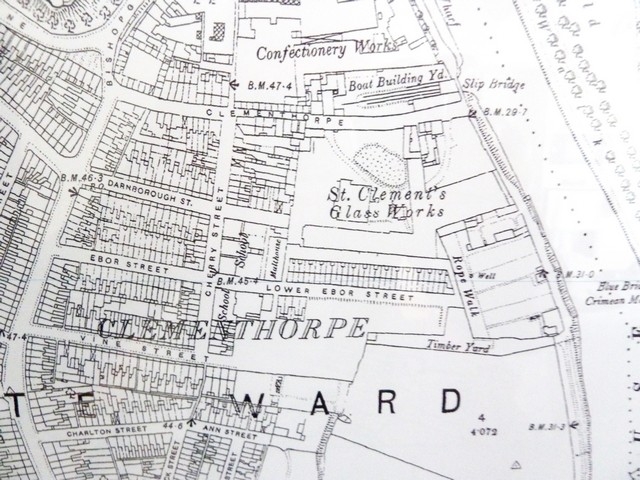



View navigation
Trade/Profession |
Name |
Auctioneer |
Thomas Hudson |
Ship & boat builder; Slipway |
Thomas Green |
Collector/agent, Ouse Navigation Company |
John Harrison |
Tea dealer |
William Hayes |
Joiner and builder |
Thomas Nicholson |
Corn merchant |
John Lawson |
Flax spinner and shoe thread manufacturer |
R. H. Nodding & Company |
Flax merchant and shoe thread manufacturer |
Scarr, Fletcher & Company |
Landlord; the Slip Inn |
John Watson |
Boat builder |
Mary Wray |
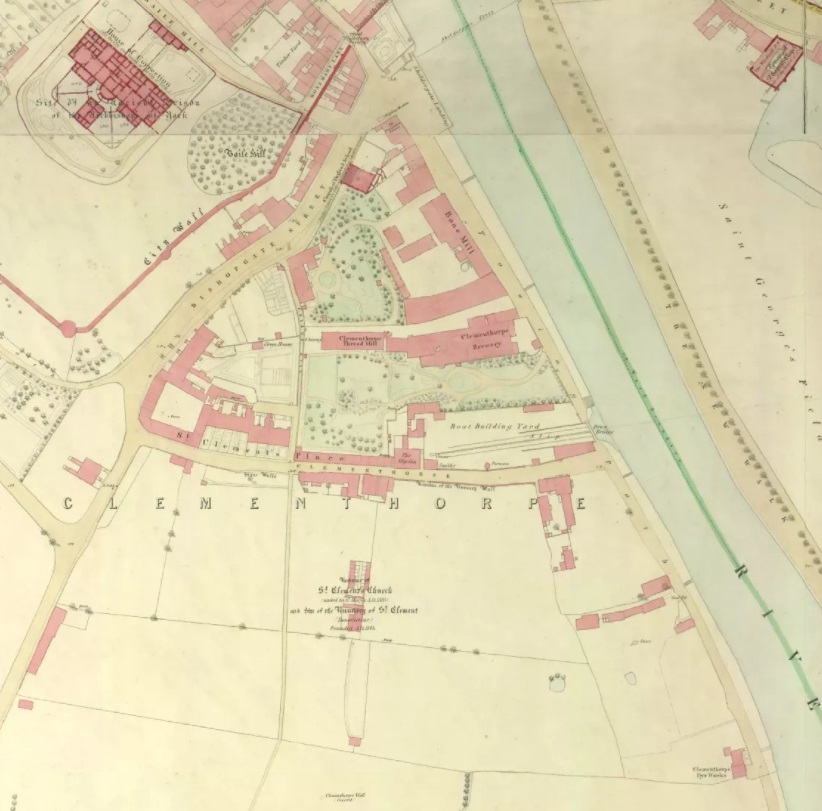
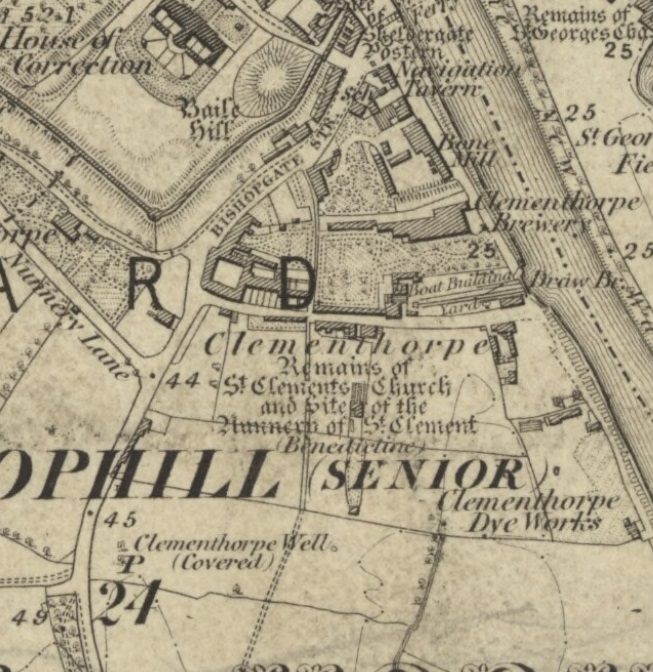
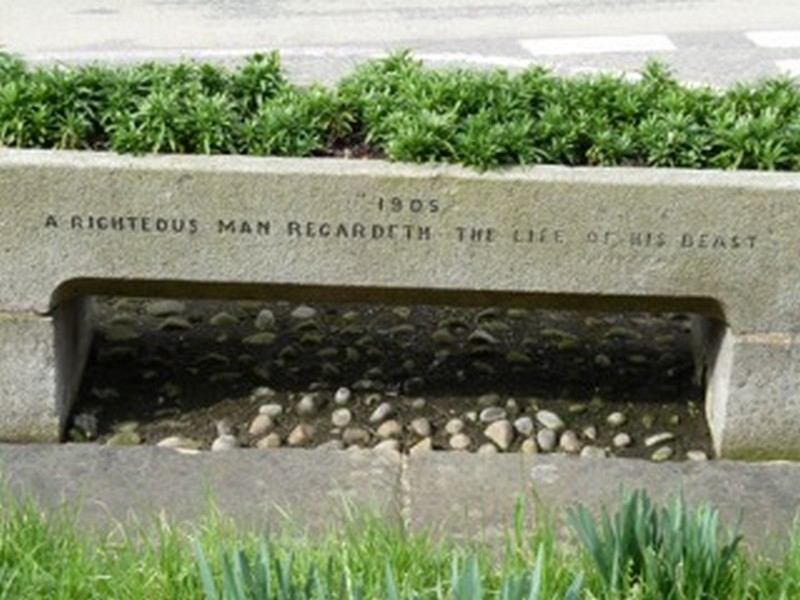
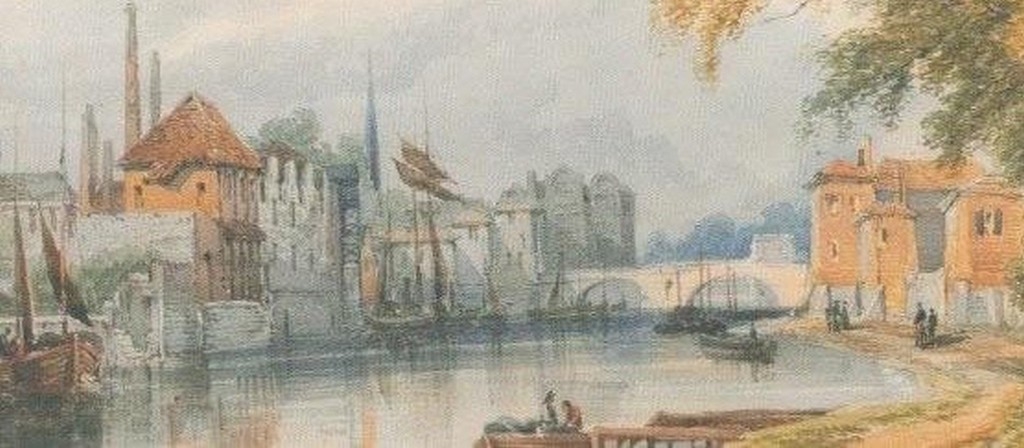
Bishopthorpe Terrace |
|
W.E. Pears |
Swan Inn |
R.D. Summers |
Staircase maker |
Charles Kendall |
Wood turner |
William Harbottle |
Joiner |
Mrs Mary Remmer |
General shop |
James Cartwright |
Fitter |
Mrs Elliott |
- |
William Charity |
Joiner |
John Hansell |
Railway shunter |
Mrs H. Ewing |
- |
Robert Long |
Grocer |
St. Clement’s Place |
|
Miles Hopwood |
Labourer |
John Aitchison |
Joiner |
William Kendall |
Labourer |
William Gibb |
Painter |
James Horne |
Labourer |
John Smith |
Labourer |
Mrs J. Fletcher |
- |
Mark Shaw |
Gardener |
Henry Backworth |
Tailor |
James Gill |
Painter |
George Paley |
Labourer |
Mrs Deacon |
- |
Mrs M. Allison |
- |
Simpson |
Tailor |
Albert James Waite |
Fitter |
St. Clement’s Square |
|
Charles Green |
Labourer |
John Burrell |
Comb maker |
George Green |
Carter |
Mrs E. Oswick |
Charwoman |
Mrs Mary Hurtler |
- |
Mrs E. Pritchard |
Wardrobe dealer |
Frederick Barker |
Groom |
Richard Jagger |
Labourer |
Mrs M. Kennedy |
- |
William Henderson |
Labourer |
Samuel Edwards |
Miner |
Mrs Crewton |
- |
Skeldergate Postern |
|
Henry Richardson & Co. |
Agricultural merchants |
Joseph Terry & Sons |
Whole manufacturing and export confectioners |
Charles Verity |
Shipwright, Corporation slipway |
Clementhorpe |
|
York Cattle Spice & Chemical Manure Company |
Lion Mills |
Joseph Wray |
Boat builder |
Henry Bradley |
Railway joiner |
John Forden |
Cowkeeper |
John Stockdale |
Labourer |
James Keen |
Labourer |
Frederick Stockdale |
Labourer |
St. Clement’s Glass Co. |
Registered office |
Arthur Severs |
Plumber |
James Hearn |
General shop |
John Crosby |
Foreman |
Fred Hope |
Coal dealer and Slip Inn |
Frederick Dixon |
Labourer |
Charles Barnett |
Fitter |
Charles Bradley |
Sugar boiler |
Francis Grant |
Comb maker |
George William Broughton |
Railway fireman |
George Karbet |
Engine driver |
Joseph Kendall |
Turner |
William Cammidge |
Labourer |
William Helstrip |
Chair maker |
James Benson |
- |
John Smith |
Fitter |
